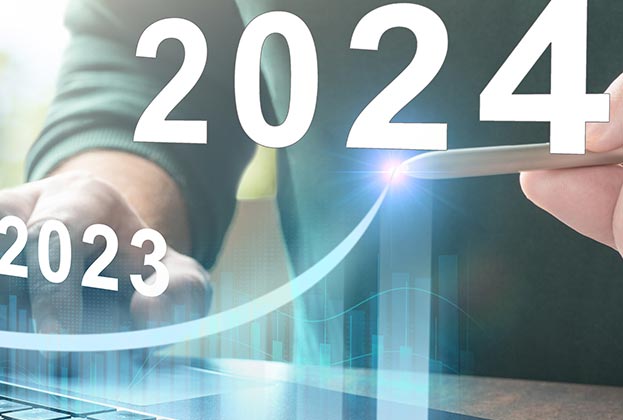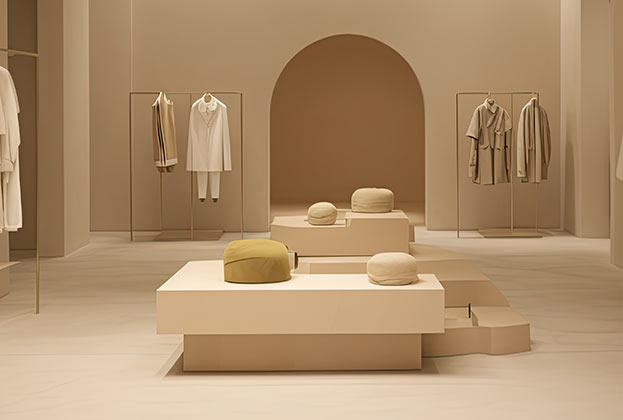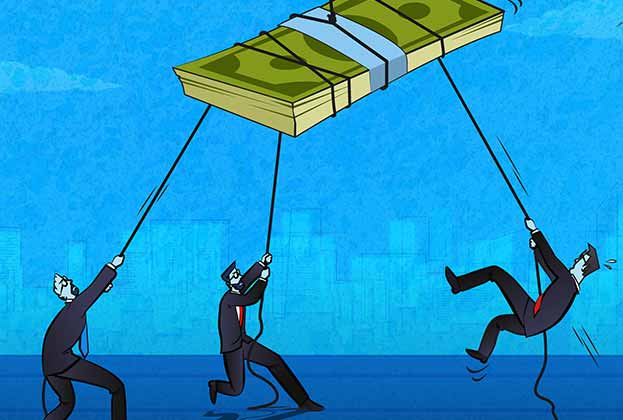The unprecedented advancements of science and technology in the 21st century continue to bring staggering changes to countless facets of life in the digital age, especially in the realm of business and economics.
With the advent of smart phones, cryptocurrencies and the so-called blockchain technology, we no longer have to take what pseudo-intellectuals tell us about economics at face value. And social media no longer obtains their earnings from advertising, but rather from algorithm-based data.
Algorithms and patterns now take the forefront in serving as the proverbial crystal balls and Nostradamus quatrains of this digital age. How, then, does this translate into what can we expect for 2018 in the retail sector?
Algorithms and patterns now take the forefront in serving as the proverbial crystal balls and Nostradamus quatrains of this digital age. How, then, does this translate into what can we expect for 2018 in the retail sector?
While it is true that Madrid and Barcelona once again claimed top spots for brand openings last year, whether or not they maintain their status this year remains to be seen due to the recent political hullabaloo in Barcelona. Fortunately, the demand for shops from leading brands remains especially strong in these two cities. After all, the perks that they offer cannot be ignored.
Taking into account both the effects of the present socio-political climate and the ever-growing influence of cybermarketing on current consumer trends, here are my retail forecasts for 2018:
1. Food delivery on the rise
The effects of the “wireless revolution” on almost every facet of consumer behavior is practically ubiquitous, and even extends to how we dine. Instead of standing in mile-long queues at fast food chains and popular restaurants on extremely busy days, people are now frequently opting to utilize any of several food delivery companies to have their meals sent to their house or office instead. The leading companies in this relatively novel type of service include Glovo, Deliveroo, UberEats, Just Eat, and La Nevera Roja. This trend is not only becoming a viable alternative for consumers, but at the same time, a complementary source of revenues for food establishments that foregoes the limitations of seating capacity.
2. Health is wealth
As modern advances in medicine and science – once the stuff of science fiction – continue to expand our understanding of healthy living, fitness and wellness have become prime commodities for the retail sector. We can expect more sports shops and fitness centers to open in what is already being considered by many as a “fitness renaissance”. Some of the recent openings include Decathlon on Calles Ortega y Gasset, Princesa and Fuencarral Streets, Wod Element on Calle Princesa and the forthcoming inauguration of JD Sports on Puerta del Sol corner Preciados Street. We can safely assume that the following brands will probably follow suit: Under Armour, Lululemon, Mizuno, Onzie, etc.
3. Pace and phase changes in retail investments
Recently, retail investment schemes have also been evolving rapidly, and we can foresee a more dynamic progression of this retail trend. This is especially true after a retail unit has already found a tenant. A case in point is the unit now being occupied by Five Guys at 44 Gran Vía Street. This subject property was sold twice within the same year making it a profitable retail investment. While not exactly a novelty, the impact of high-profile tenants and the attractive location of the subject property has further bolstered this trend in the retail investment market.
4. The Millennials and Gen Z Market
An entirely new giant market has emerged because of the so-called Millennials and Gen Z. Needless to say, retail investors as well as retailers are constantly devising new ideas and services to cater to their needs and interests. Product designers now take into consideration ideals valued by member of this generation -- environmentalism, political correctness, freedom of expression, etc. -- when launching their brands.
5. What goes around comes around
Up to a certain extent, the retail market is also a belief system that operates on the premise that it should cater to all types of consumers. For the longest time, economic analysts have debated about the competition between e-commerce and brick-and-mortar shops. The year of the dog, 2018 will usher in a more harmonious balance between the two mentioned retail channels. For example, Hawkers, a Spanish eyewear firm that started exclusively as an online brand, has now opened its first physical store on Calle Carretas. That all major brands boast of online websites to complement their physical stores is a well-known fact. This year will likely see some sort of a return to its origins among retail companies.
6. Barcelona against all odds
Now that the political order in Barcelona has been re-established and constitutional measures have been bolstered, the second biggest city in Spain will carry on as a major player in the retail industry. In fact, a major retail estate investor recently purchased the shopping unit currently occupied by Prada on Paseo de Gracia. Additionally, other international brands such as Uniqlo and Brandy Melville set up shops last year and the opening of other similar international brands are in the offing
7. Sunshine all the time makes a desert
Although Barrio Salamanca is still the top retail location in Madrid, its proverbial face is experiencing some changes which most likely will continue in 2018. Many famous and exclusive brands have been gradually relocating from Ortega y Gasset Street to Serrano or nearby streets. This started with Louis Vuitton followed by Versace, Hugo Boss, Kenzo and Stuart Weitzman. This year, Bottega Veneta is set to open its store at 70 Serrano Street. However, the future for this upscale shopping street is not as bleak as it may seem. Chanel maintains its flagship store, Bulgari, which opened its shop barely three years ago remains strong, and DSquared cut its inaugural ribbon just last year on the same street. What other retailer investors may perceive as adversity could be seen by others as a sound opportunity.
8. Home Sweet Home
The economy is picking up and it´s something that not even the most pessimistic analysts could deny. New companies are being set up and more people are moving to the city. We expect more furniture and household appliance shops to open in 2018. Miele, a German household appliance firm, opened a shop on Claudio Coello. Media Markt continues to operate successfully for the past few years on Alcala Street, near Goya. And Ikea opened its store on Serrano 55. These developments were unthinkable several years ago when these types of shops could only be found on the outskirts of Madrid. Diversity can still be the name of the game even in an exclusive location like Serrano Street.
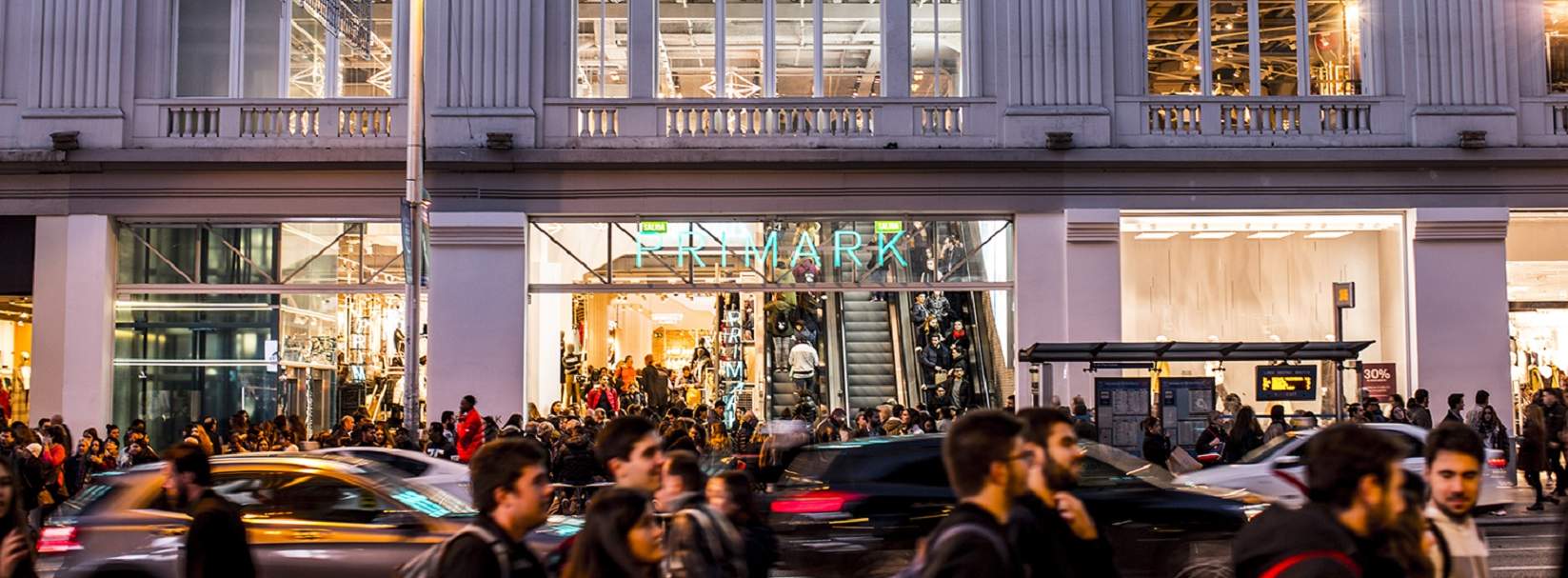

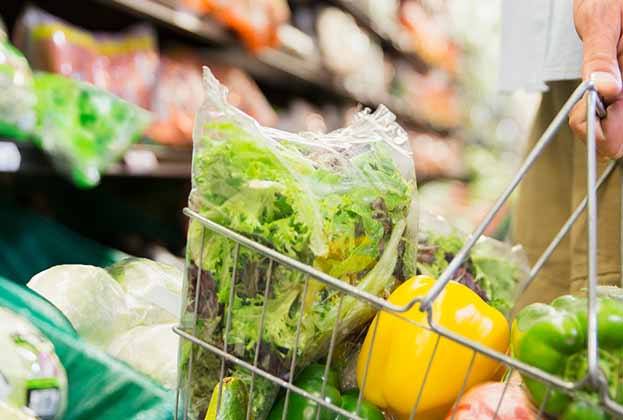


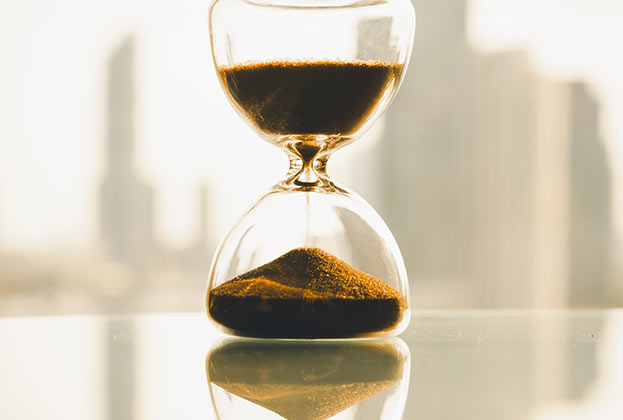

.jpg)
